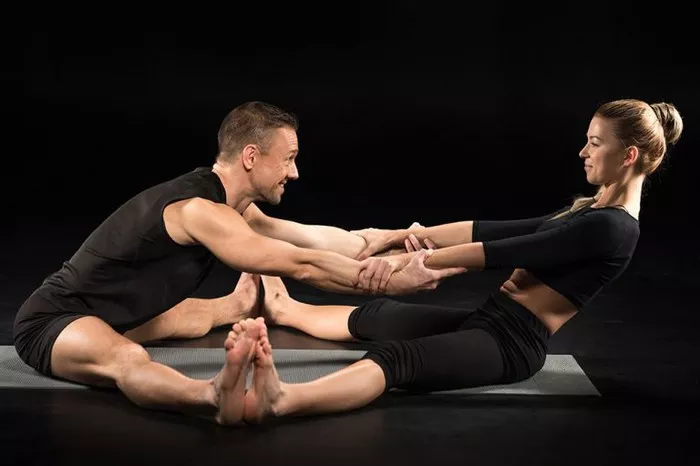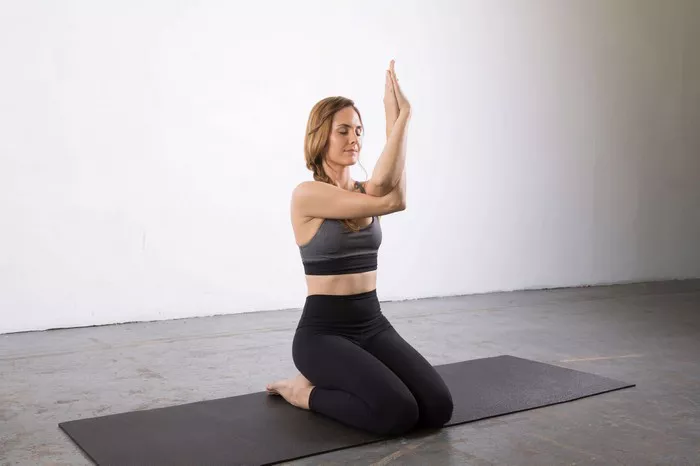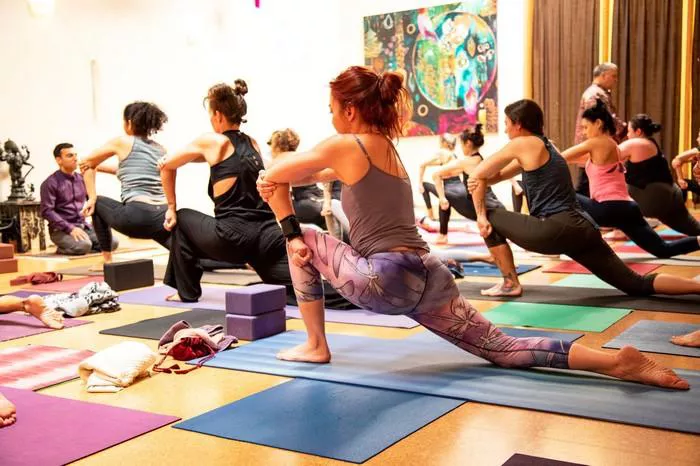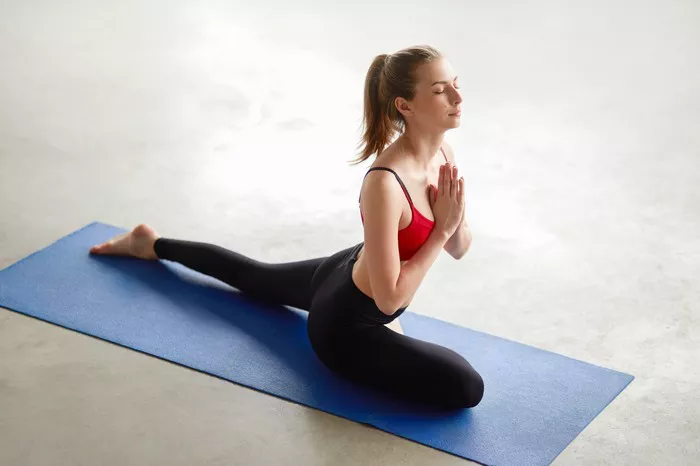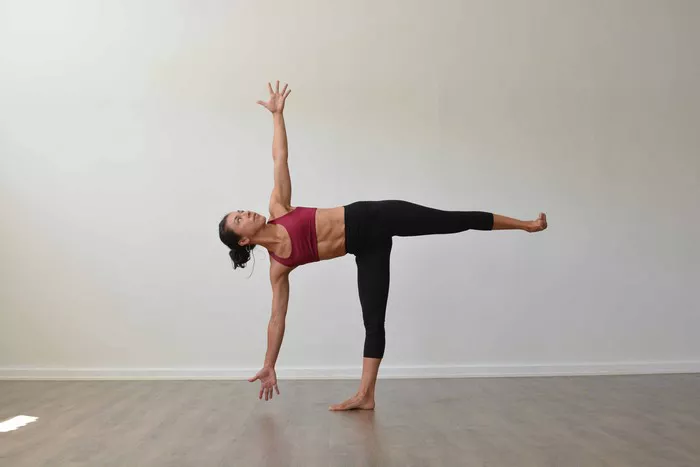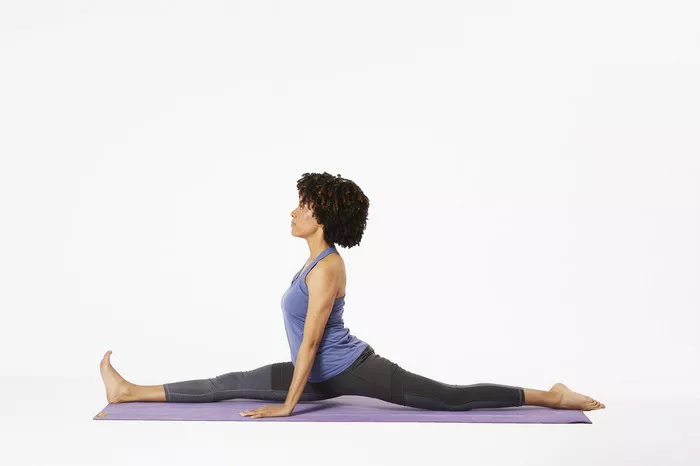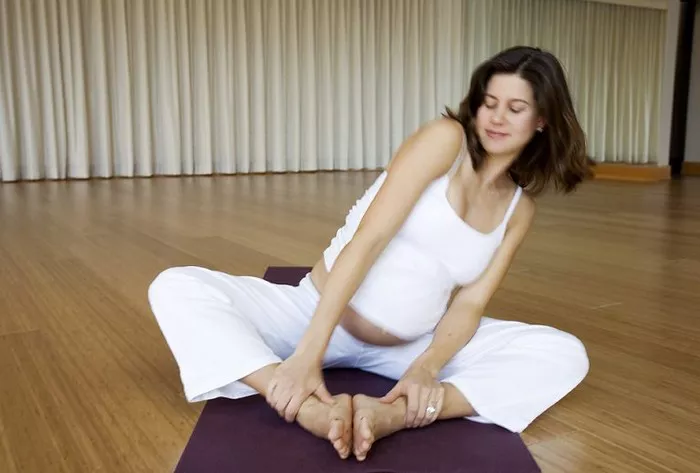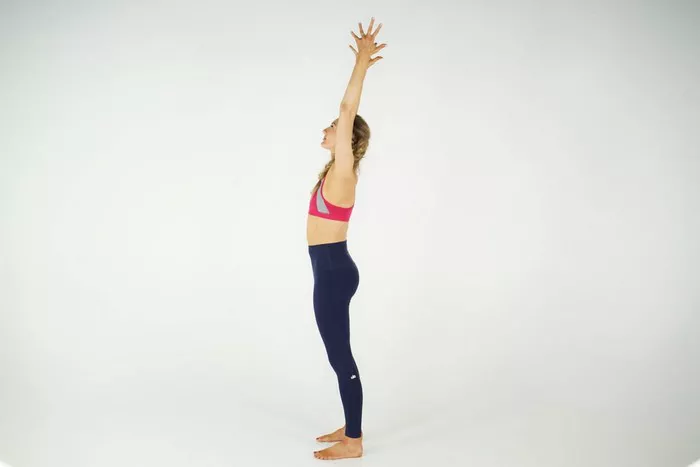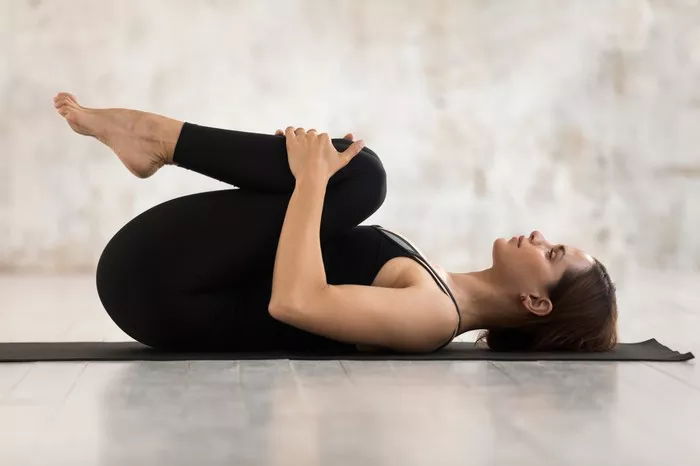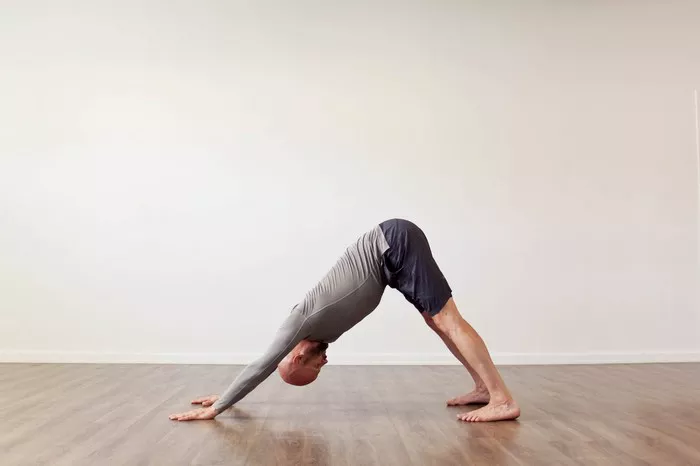The Pigeon Pose (Eka Pada Rajakapotasana) is a popular and highly beneficial asana in yoga practice. Known for its deep stretch in the hips and glutes, it is often used to improve flexibility, release tension, and aid in the opening of the pelvis. Despite these benefits, there has been concern among some yoga practitioners about whether Pigeon Pose can be bad for the knees. Understanding the mechanics of the pose and the proper alignment is crucial for ensuring safety during practice and avoiding injury.
This article will explore the potential risks associated with Pigeon Pose, particularly for the knees, and offer practical tips on how to perform the pose safely. Whether you’re a beginner or an advanced practitioner, this guide will help you navigate Pigeon Pose with a deeper understanding of its impact on the body and how to prevent knee strain.
What Is Pigeon Pose?
Pigeon Pose is a hip-opening posture that stretches and lengthens the hip flexors, glutes, and lower back. It is often included in sequences designed to release tightness in these areas, especially after sitting for long periods or engaging in intense physical activity. The pose is performed by bringing one leg forward, bending the knee, and extending the opposite leg straight behind you. The torso is then lowered towards the ground, and the arms can rest on the floor or be extended forward.
While this pose provides great benefits for flexibility and releasing tension in the lower body, it also places a certain degree of pressure on the knees, particularly in the extended leg. Therefore, it’s important to practice this asana with caution and awareness of the alignment and positioning of the knee joint.
The Anatomy of the Knee Joint
Before delving into the specifics of how Pigeon Pose affects the knees, it’s helpful to understand the anatomy of the knee joint. The knee is a hinge joint that connects the femur (thigh bone), tibia (shin bone), and patella (kneecap). It functions primarily to allow for flexion and extension, though it also permits slight rotation.
The knee joint is supported by ligaments, tendons, muscles, and cartilage, all of which help maintain its stability. When these structures are compromised or strained, it can lead to discomfort, injury, or long-term damage. This is particularly important when engaging in physical activities like yoga, where precise alignment and mindful movement are essential to prevent overuse injuries.
In Pigeon Pose, the knee joint is often exposed to torque, stretching, and compression, all of which can affect its structure and function. The extended leg, in particular, can experience strain if the posture is not correctly aligned. Understanding how these factors interact is key to avoiding knee discomfort and injury.
Common Knee Concerns in Pigeon Pose
Several issues can arise in the knee joint during Pigeon Pose, especially if the pose is not performed with proper alignment and awareness. Some of the most common knee concerns include:
1. Knee Compression
The knee joint of the extended leg can experience compression when the thigh bone (femur) rotates and presses against the knee. This is more likely to happen if the knee is positioned at an extreme angle or if the leg is externally rotated too much.
2. Knee Torque
In Pigeon Pose, the knee of the bent leg is often placed at a sharp angle, which can create torque or twisting forces within the joint. If the knee is misaligned or the muscles are not properly engaged to support the joint, this torque can lead to strain or discomfort.
3. Knee Overextension
If the back leg is not kept straight or is forced into an unnatural position, it can result in overextension of the knee joint. This can cause stretching of the ligaments and tendons, leading to discomfort and a greater risk of injury.
4. Tightness and Tension
Tightness in the hip flexors or glutes can force the knee to compensate, leading to unnecessary pressure and tension in the knee joint. This is often felt as a pulling sensation around the knee, which can lead to discomfort or injury if not addressed.
The Impact of Poor Alignment
One of the key factors contributing to knee discomfort in Pigeon Pose is poor alignment. Many yoga practitioners are drawn to the deep stretch and the flexibility benefits offered by this pose. However, if the posture is not properly aligned, the knees can become overstretched or placed under excessive pressure.
Here are some common alignment issues that can negatively affect the knees:
1. Misalignment of the Bent Knee
In Pigeon Pose, the bent knee should be aligned so that it points straight forward, with the shin parallel to the mat or slightly angled to the side. If the knee is angled too far out or inward, it can place undue strain on the joint, causing pain or discomfort. Practicing proper alignment of the bent leg will help alleviate unnecessary pressure on the knee.
2. Excessive Rotation of the Extended Leg
For the extended leg, it’s essential to keep the thigh bone in line with the torso and not let it rotate excessively. When the thigh rotates inward or outward, it can place torque on the knee joint, resulting in discomfort. Ensuring that the leg is properly aligned will help prevent this strain.
3. Placing the Foot of the Bent Leg Too Close to the Hip
In some variations of Pigeon Pose, practitioners bring the foot of the bent leg too close to the hip. This can force the knee into an awkward position, creating tension in the joint. Keeping the foot in a more neutral position and ensuring it’s placed in front of the pelvis will reduce the risk of injury.
Tips for Protecting the Knees in Pigeon Pose
To avoid knee strain or injury while practicing Pigeon Pose, it’s essential to follow certain guidelines and modifications that can help protect the knee joint. Here are some practical tips for ensuring safe practice:
1. Warm Up Properly
Before attempting Pigeon Pose, it’s important to properly warm up the body. Focus on opening up the hips, quads, and hamstrings through preparatory poses such as Downward Dog, Cat-Cow, or Lunge. A thorough warm-up will help reduce the risk of overstretching or straining the knee.
2. Use Props for Support
Props like blankets, blocks, or cushions can provide additional support for the knees. Placing a blanket under the knee of the bent leg can cushion the joint, preventing it from being pressed into the floor with excessive force. A yoga block placed under the hip of the extended leg can also help create more space and support for the knee.
3. Engage the Core and Leg Muscles
Proper muscle engagement is key to supporting the knee joint during Pigeon Pose. By engaging the core and leg muscles, you help stabilize the pelvis and prevent unnecessary strain on the knee. Pay attention to your quadriceps, hamstrings, and glutes to ensure that the leg is well-supported and not collapsing into an unnatural position.
4. Modify the Pose if Needed
If you experience discomfort in the knee, consider modifying the pose. One option is to perform a variation of Pigeon Pose by keeping the back leg bent and the foot grounded, reducing the stretch on the knee. Alternatively, you can practice a reclined version of Pigeon, where you lie on your back and cross one ankle over the opposite thigh, gently stretching the hip.
5. Listen to Your Body
Always listen to your body’s signals and avoid pushing too far into the pose. If you feel pain or discomfort in the knee, come out of the pose and reassess your alignment. Working with a qualified yoga teacher can also help you refine your practice and ensure that you are performing the pose correctly.
6. Avoid Hyperextension of the Knee
Make sure to avoid locking or overextending the knee of the extended leg. Keep a soft bend in the knee and engage the quadriceps to protect the joint. Hyperextension can strain the ligaments and lead to discomfort, especially for those with knee issues.
When Should You Avoid Pigeon Pose?
While Pigeon Pose is beneficial for many people, it may not be suitable for everyone, particularly for those with existing knee conditions. If you have any of the following conditions, it’s best to consult with a healthcare provider or a knowledgeable yoga instructor before attempting this pose:
Knee Injuries or Surgery: If you’ve had knee surgery or sustained an injury to the knee joint, you should avoid Pigeon Pose or modify it extensively.
Knee Osteoarthritis: Individuals with osteoarthritis may find that Pigeon Pose exacerbates pain or discomfort in the knee joint.
Meniscus Tears or Ligament Damage: Those with tears in the meniscus or ligament damage should exercise caution and seek professional advice before attempting deep stretches like Pigeon Pose.
Conclusion
Pigeon Pose is an incredibly valuable asana for opening the hips, releasing tension, and improving flexibility. However, like any yoga posture, it is important to approach it with awareness and respect for the body’s limitations. When practiced with proper alignment, modifications, and mindful attention to the knees, Pigeon Pose can be a safe and effective addition to your yoga practice.
By focusing on muscle engagement, using props for support, and listening to your body’s signals, you can protect the knee joint and avoid strain. If you are unsure about your alignment or experience persistent discomfort, working with a qualified yoga teacher or healthcare provider can help ensure you’re practicing safely and effectively. Remember, yoga is about finding balance, not pushing yourself into a posture at the expense of your body’s well-being.
By keeping these considerations in mind, you can enjoy the full benefits of Pigeon Pose without compromising the health of your knees.
Related topics


